Tag: Sensors
-
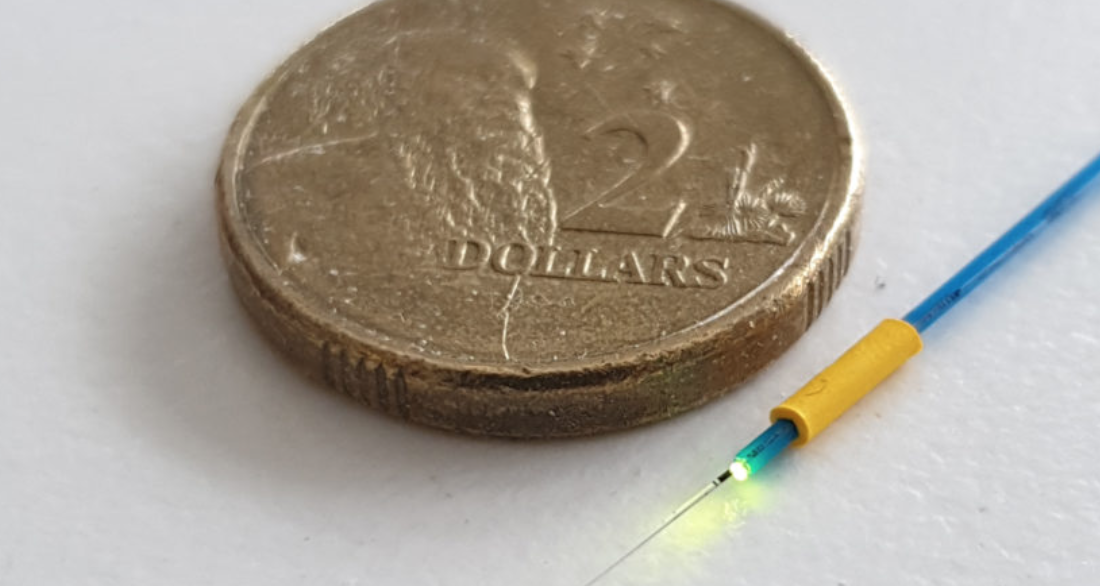
Tiny fiber optic sensor monitors blood flow in real-time
John Arkwright and Flinders University colleagues have developed a tiny, low cost, fiber-optic sensor to monitor blood flow through the aorta in real-time. The goal is continuous monitoring during prolonged intensive care and surgical procedures. Current blood flow measurement, using ultrasound or thermo-dilution, is intermittent, averaging every 30 minutes. The device is inserted through a…
-

Sensor glove identifies objects
MIT’s Subramanian Sundaram has developed a sensor glove that identifies objects through touch. This could improve assistive robot performance and enhance prosthetic design.The cheap “scalable tactile glove” includes 550 tiny, pressure-capturing sensors. A neural network uses the data to classify objects and predict their weights. No visual input is required. In a Nature paper, the system…
-
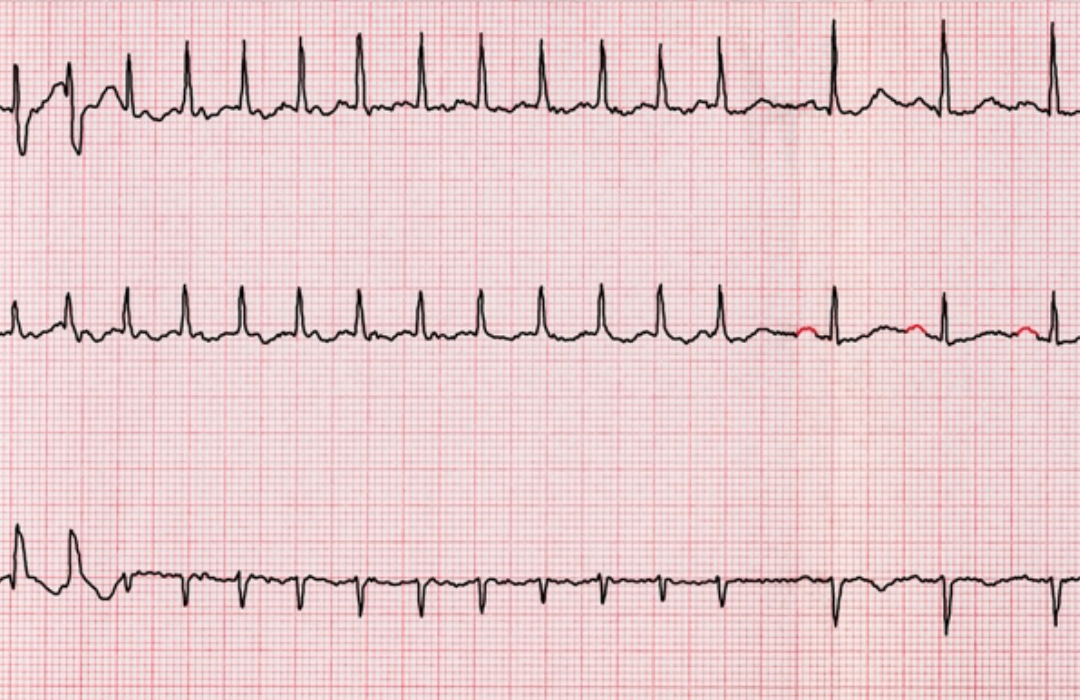
Atrial fibrillation-detecting ring
Eue-Keun Choi and Seoul National University colleages have developed an atrial fibrillation detecting ring, with similar functionality to AliveCor and other watch-based monitors. The researchers claim that the performance is comparable to medical grade pulse oximeters. In a study, Soonil Kwon and colleagues analyzed data from 119 patients with AF who underwent simultaneous ECG and photoplethysmography…
-
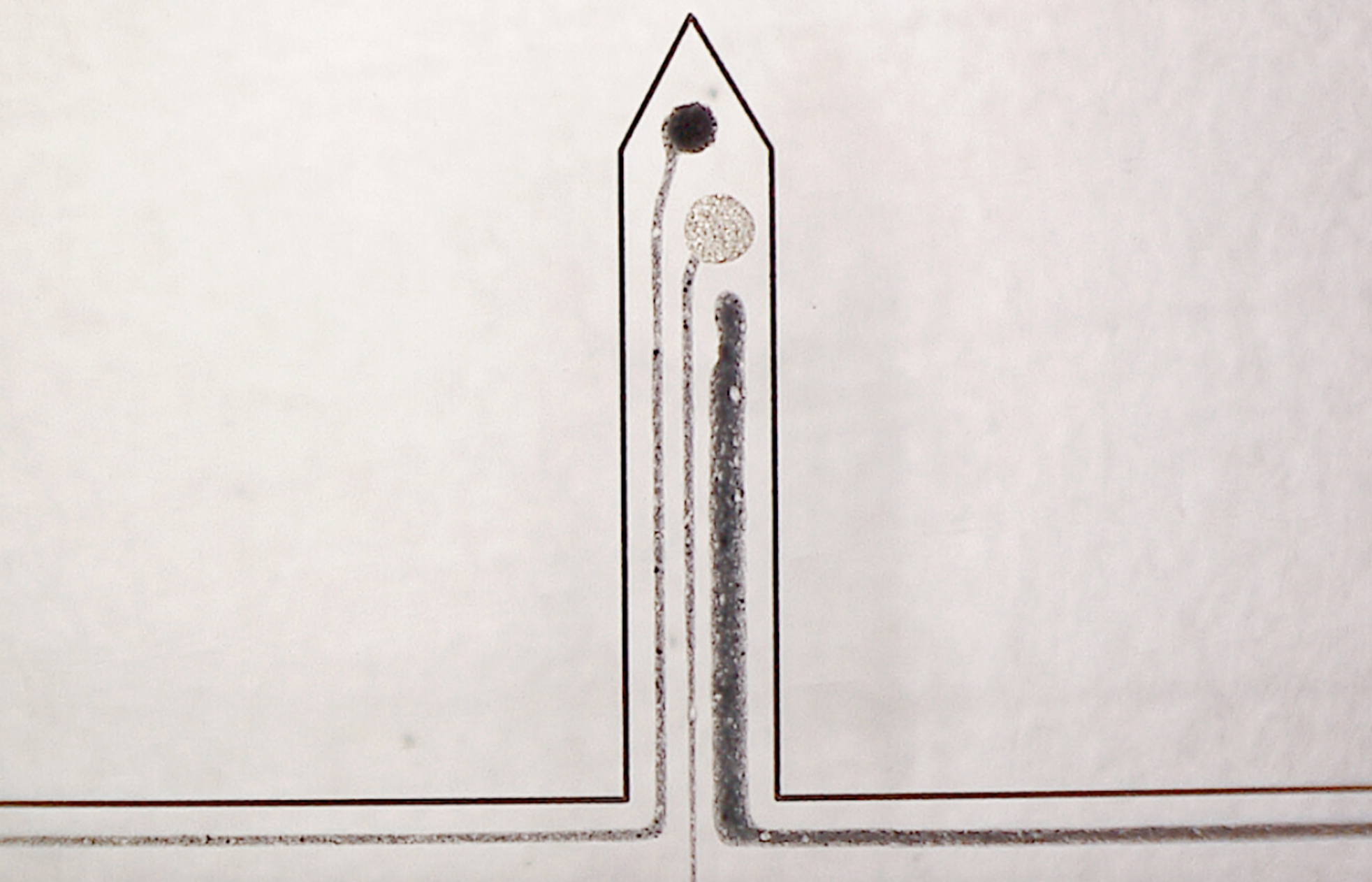
Glutamate sensor could predict migraines, monitor CNS drug effectiveness
Riyi Shi and Purdue colleagues have developed a tiny, spinal cord-implanted, 3D printed sensor that quickly and accurately tracks glutamate in spinal trauma and brain disease. The goal is to monitor drug effectiveness, and predict migraine headaches in humans, although it has only been tested on animals. Glutamate spikes are often missed. Damaged nerve structures allow glutamate…
-
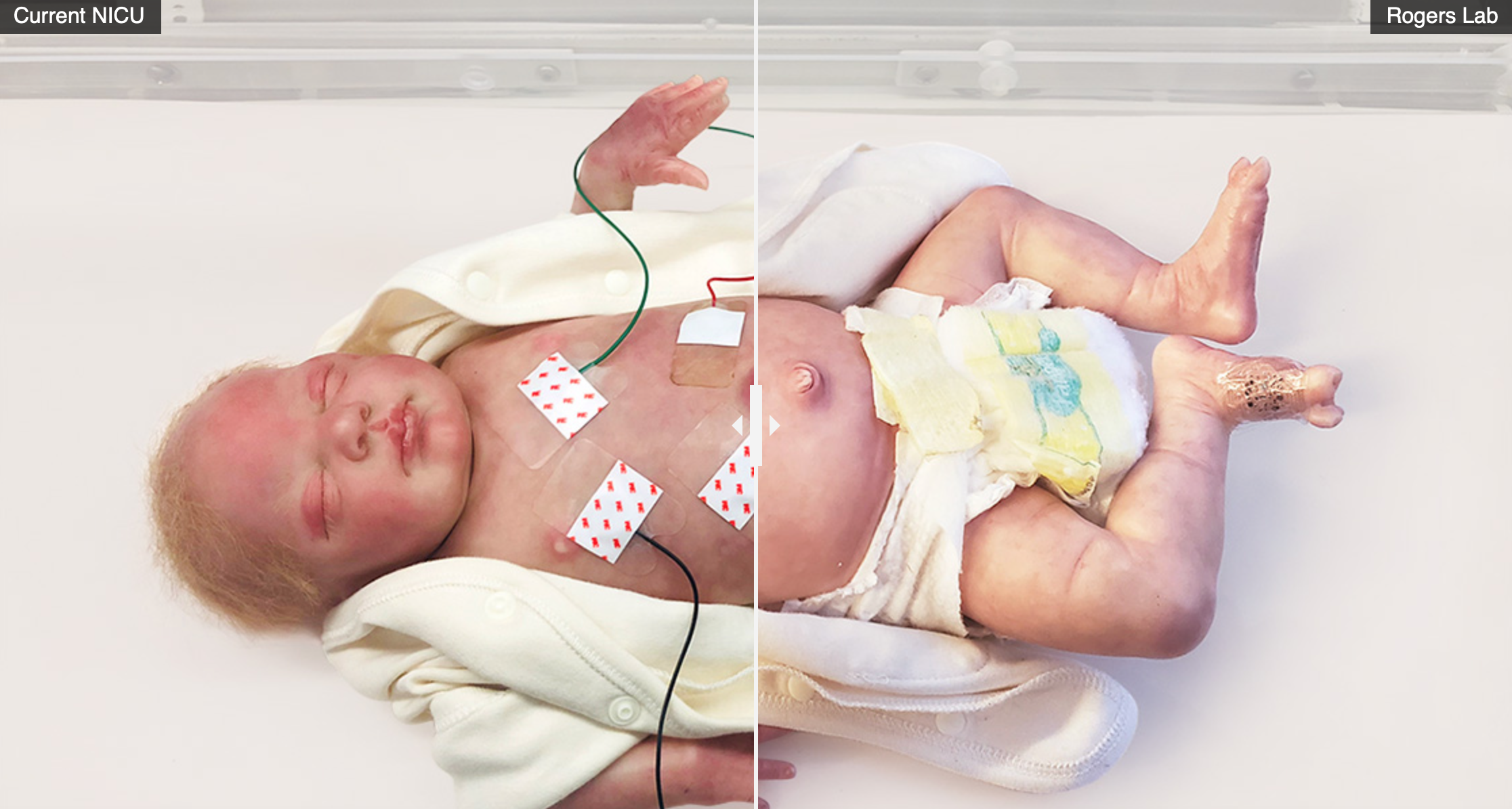
Wireless, skin-like sensors monitor baby heart rate, respiration, temperature, blood pressure
John Rogers and Northwestern colleagues have developed soft, flexible, battery-free, wireless, skin-like sensors to replace multi wire-based sensors that currently monitor babies in hospitals’ neonatal intensive care units. The goal is to enable more accurate monitoring, and unobstructed physical bonding. The dual wireless sensors monitor heart rate, respiration rate and body temperature — from opposite…
-
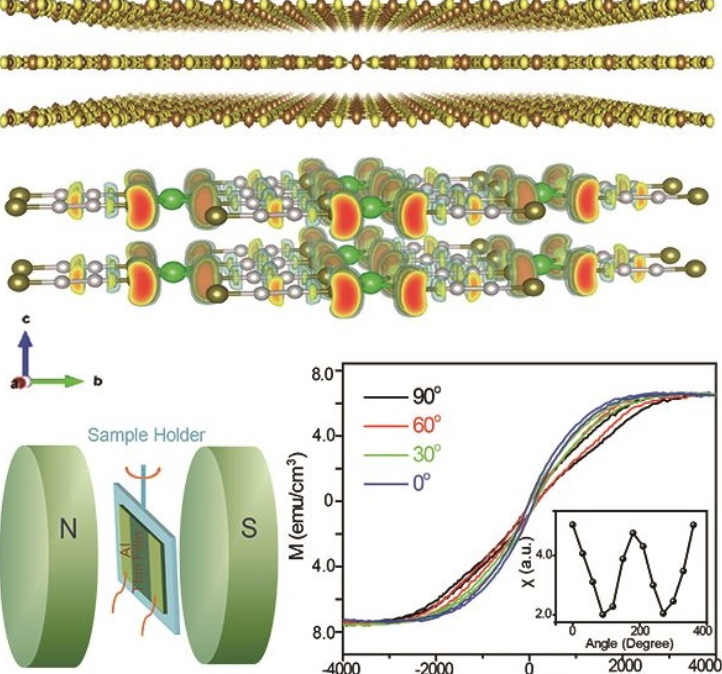
Artificial skin sensor could help burn victims “feel”
UConn chemists Islam Mosa and Professor James Rusling have developed a sensor that could detect pressure, temperature, and vibration when placed on skin. The sensor and silicone tube are wrapped in copper wire and filled with an iron oxide nanoparticle fluid, which creates an electric current. The copper wire detects the current. When the tube…
-

Wireless,biodegradable, flexible arterial-pulse sensor monitors blood flow
Zhenan Bao and colleagues have developed a wireless, battery-free, biodegradable sensor to provide continuous monitoring of blood flow through an artery. This could provide critical information to doctors after vascular, transplant, reconstructive and cardiac surgery, with out the need for a visit. Monitoring the success of surgery on blood vessels is difficult, as by the…
-
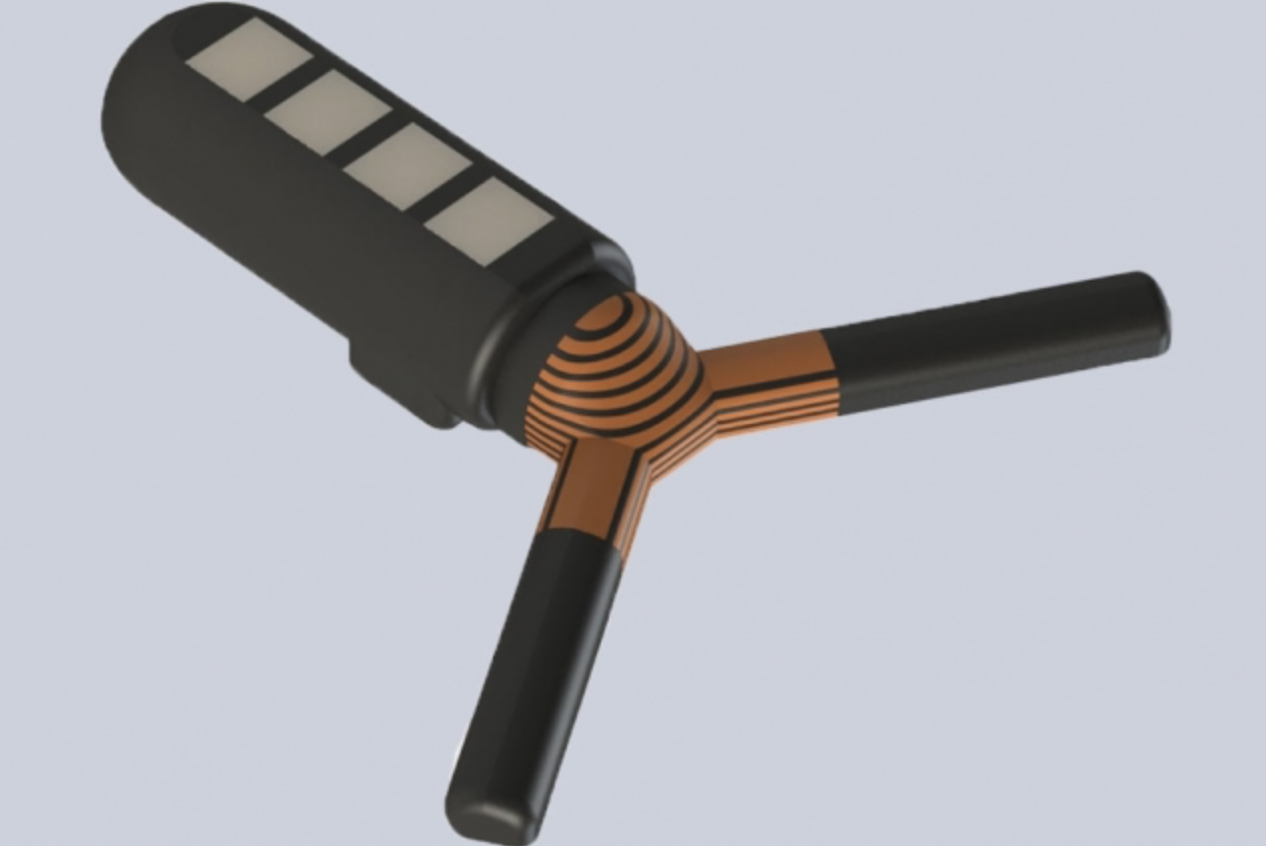
3D-printed, bluetooth-controlled ingestible capsule delivers drugs, senses environment
MIT’s Bob Langer and Giovanni Traverso have developed a 3D-printed, wirelessly-controlled, ingestible capsule that can deliver drugs, sense environmental conditions, or both. It can reside in the stomach for a month. Data is sent to a user’s phone, and instructions from the phone are sent to the device. The sensor could also communicate with other wearable…
-
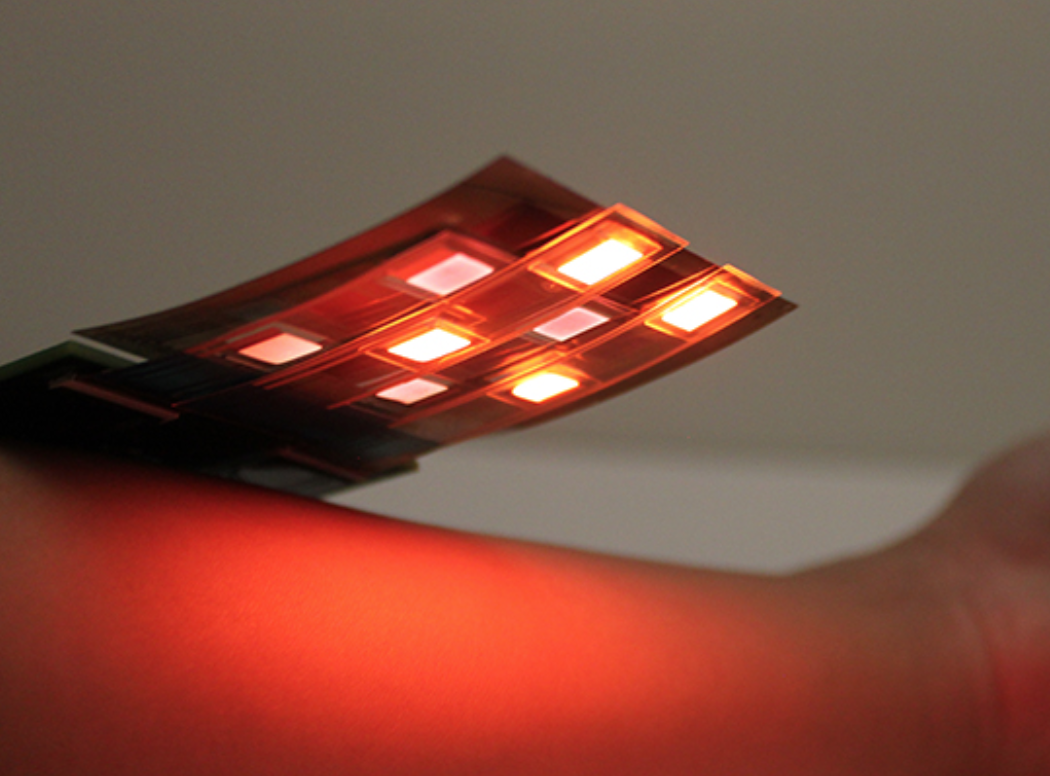
Sensor patch monitors blood oxygen levels anywhere in the body
Ana Claudia Arias and Berkeley colleagues have developed a flexible, adhesive sensor that maps blood-oxygen levels over large areas of skin, tissue and organs, making it possible to monitor wound healing in real time, or oxygen levels in transplanted organs. It can also be used to continuously monitor blood oxygen levels in diabetes, respiration diseases and…
-

Wearable system detects postpartum depression via baby/mother interaction
Texas professor Kaya de Barbaro is creating a mother-child wearable system to detect and attempt to prevent postpartum depression. Mother stress levels are measured via heart rythm, and encouraging messages are sent. Mom wears the sensor on her wrist, and baby wears it on her/his ankle. The child’s sensor collects heart rate and movement data,…
-

Blood glucose-powered sensor for long term monitoring
Subhanshu Gupta and Washington State colleagues have developed an implantable sensor, powered by harvested blood glucose, for long term monitoring. The electronics consume only a few microwatts of power, while being highly sensitive. Combined with the biofuel cells, the sensor is more efficient than (and non-toxic as compared to) traditional battery-powered devices. Fueled by body…
-
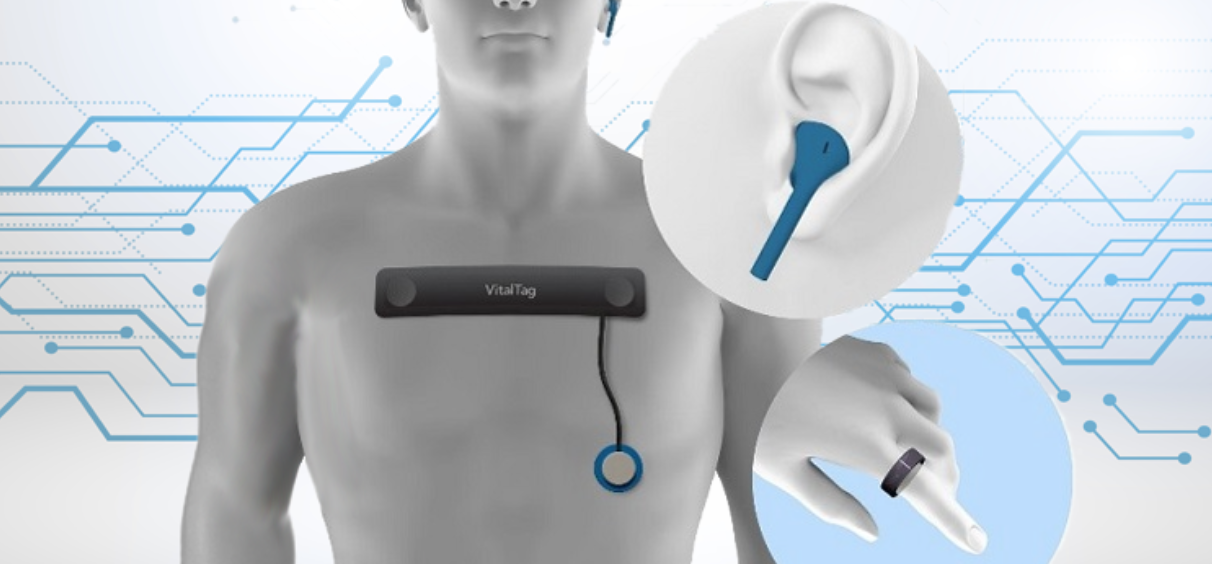
Adhesive emergency response sensors
VitalTag by Pacific Northwest National Laboratory is a chest-worn sticker that detects, monitors and transmits blood pressure, heart rate, respiration rate and other vital signs, eliminating the need for multiple medical devices. It is meant for emergency responders to quickly assess a person’s state. Additional sensors are worn on the finger, and in the ear. Data…